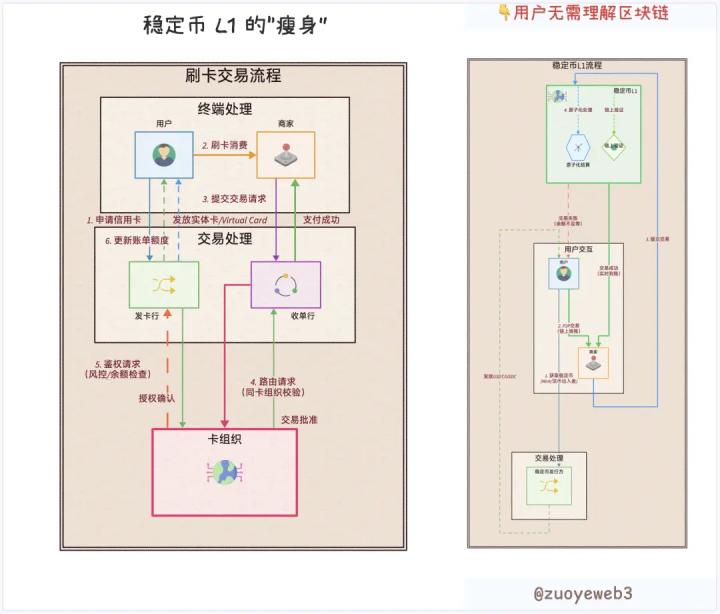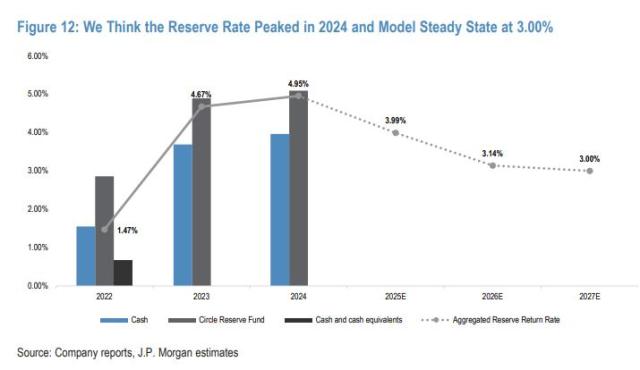Stablecoin issuer Circle has become the most attractive player this summer, minting 5.5 billion USDC on the Solana chain in the past month, the largest scale in history.
USDC Flood Enters Solana
According to Lookonchain monitoring, this USDC minting wave has rapidly heated up Solana DeFi trading, lending, and capital deployment.
SOL price has again risen above $200, with open interest reaching approximately $1.255 billion.
Fees Halved, USDC Cross-Chain Transfer More Smooth
To further expand its usage, Circle has collaborated with Coinbase and payment infrastructure platform Mercuryo to offer approximately 50% fee discount for MetaMask users when transferring to the Base network.
Base Pay has integrated with merchants like Shopify, enabling instant and fee-free USDC payments. Early on, to quickly stack liquidity, Coinbase launched a bridged version of USDC (USDbC), ensuring a 1:1 peg with Ethereum.
The API provided by Circle further helps businesses automate payments, fiat conversion, and subscription billing, making USDC the most convenient checkout option for Web3 commerce.
Arc: New Layer 1 Using USDC as Gas
Looking ahead, Circle is preparing a Layer 1 blockchain called Arc. With gas based on USDC, Arc is EVM-compatible and can interoperate with 24 chains currently supporting USDC.
The official target is enterprise-level applications: large-scale payments, forex trading, asset tokenization, and capital market infrastructure. Arc aims for settlement within 350 milliseconds, about 3,000 transactions per second, and includes a built-in stablecoin forex engine with optional privacy protection features.
The first batch of about 20 validators will maintain network high throughput and security. The testnet is scheduled to launch in fall 2025, with the mainnet Beta possibly opening in 2026.
Challenges and Opportunities: Stablecoins Moving Towards Financial Core
From massive minting on Solana to fee reductions on Base, and the layout of Arc, Circle is pushing USDC towards the core of global payment and financial infrastructure. The status of stablecoins is rising, which also means more stringent regulatory scrutiny, but one thing is certain: every expansion of on-chain economy requires stablecoins as fuel.








